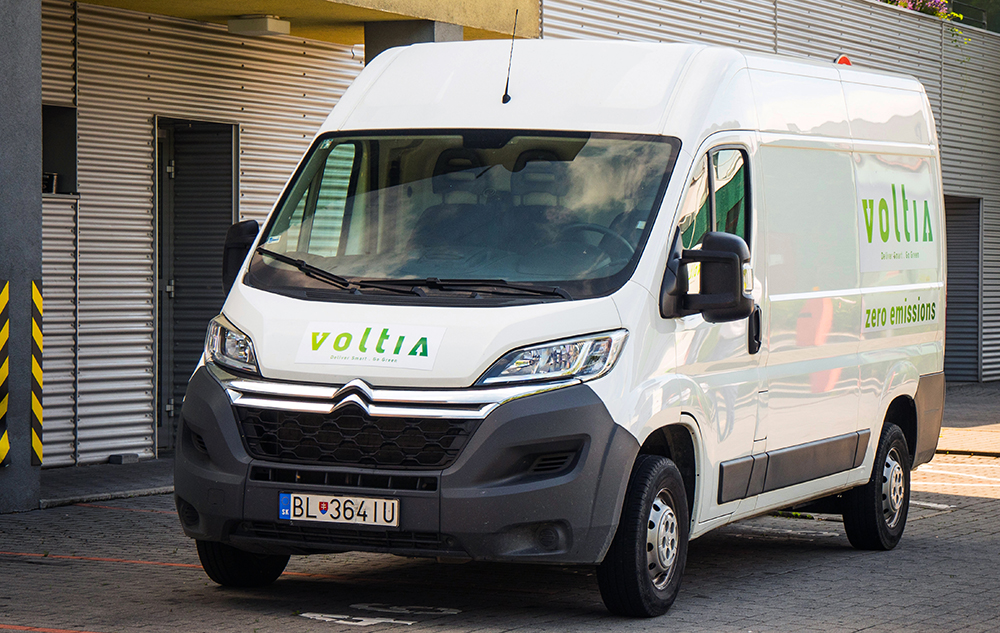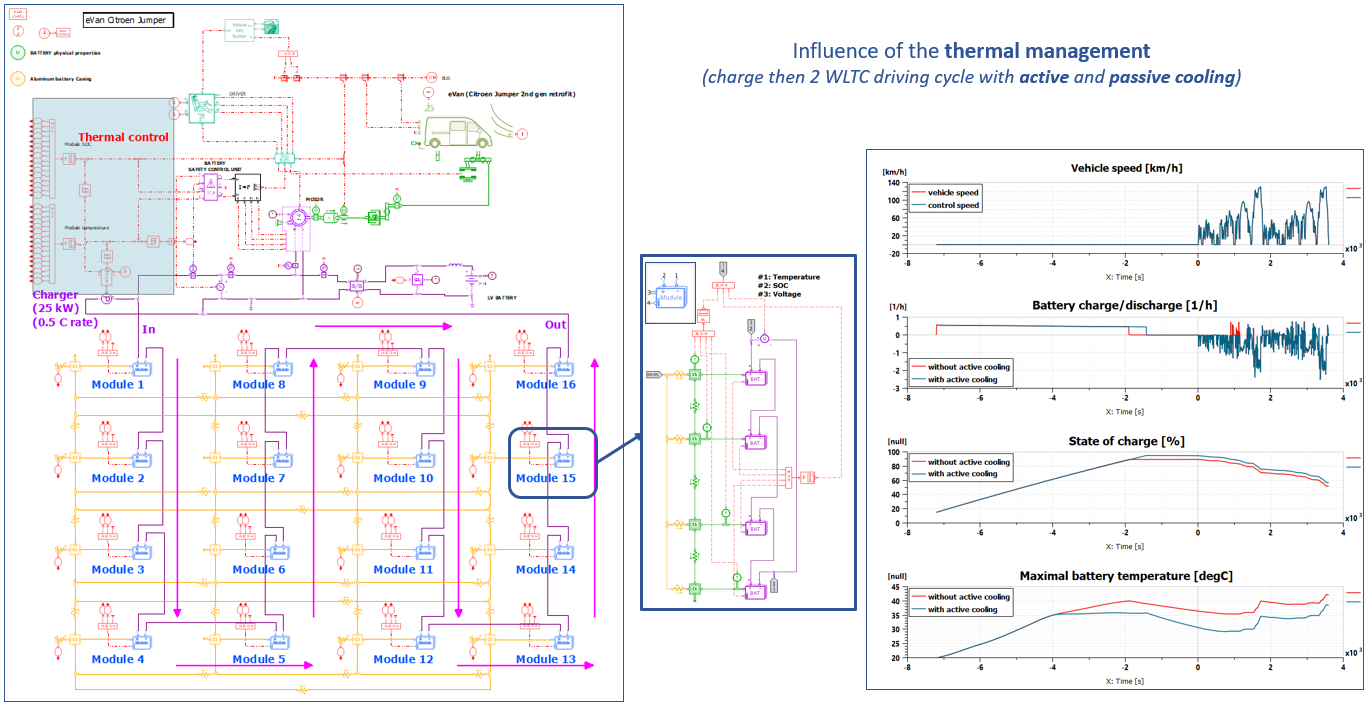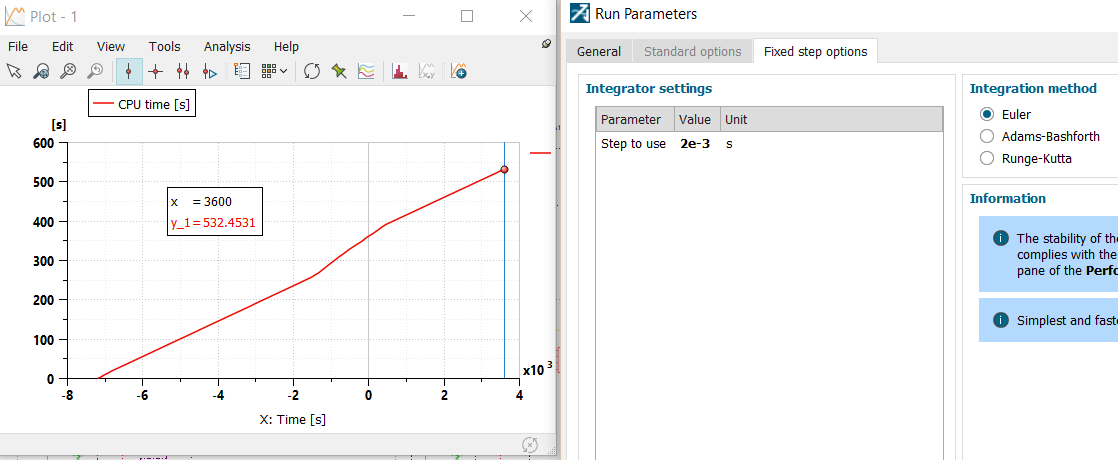Transition to electrical transportation: Simcenter Amesim in the spotlight

Electric bus implementation in urban public transport is growing all over the world. However, the deployment of EVs is not going fast enough considering today’s concerns on transportation emissions. This sustainable alternative is absolutely essential to protect our environment and preserve our mobility.
It’s in this context that the European Commission launched a call in 2015 dedicated to the electric vehicles enhancement performance and integration into the transport system and the grid. In 2016 a project called EVERLASTING, standing for Electric Vehicle Enhanced Range, Lifetime And Safety Through INGenious battery management has been approved to work on this major topic.
Composed of several industrials and academic partners, this lab worked on the transition to electric bus, trying to overcome many obstacles arising when it comes to the battery.
 Fig. 1. EVERLASTING consortium
Fig. 1. EVERLASTING consortium
Three major concerns prevent a larger deployment of electric vehicles, especially for buses:
- Range: a limited driving range and large charging times of electric vehicles create anxiety
- Cost: the price of the battery pack greatly influences the price of electric vehicles
- Reliability and safety: batteries age and unsafe use might lead to thermal runaway
The objective of this project was to get closer to the ideal system by focusing on the battery management technologies.
That’s why the group focused his work on the following goals:
- Predicting the behavior of battery systems in all circumstances and over their full lifetime.
- Sensing signals beyond the standard parameters of current, voltage and temperature.
- Monitoring the status of the battery by interpreting the rich sensor data.
- Managing the battery in a proactive way, based on a correct assessment of its status.
- Defining a standard battery management system (BMS) architecture and interfaces, and gathering the necessary support in the market.
The project was divided into 9 work packages (WP), each of them focused on one specific topic, linked to a global workplan.
 Fig. 2. EVERLASTING project structure
Fig. 2. EVERLASTING project structure
Siemens Digital Industries Software worked on the WP 1, “Improved simulation and modelling tools”, aiming at the development of new models and tools supporting advanced BMS research and the individual development work packages.
BMS is one of the most critical component of electric vehicles. Thanks to the simulation, the validation and calibration process can be shortened while preserving the quality standards.
During the development of BMS, several types of test can be done in order to evaluate its performance: model-in-the-loop (MiL) test to evaluate fonctionnal BMS control strategy with Simcenter Amesim; software-in-the-loop (SiL) test to evaluate the BMS control algorithm; hardware-in-the-loop (HiL) test to evaluate the real time performance of the BMS; test with real battery pack to finally validate the overall BMS performance.
The problem to solve was to get a reduced order electro-thermal cell model (Fig. 3.) from the electrochemical model and build a battery pack model which is real-time compatible and ready for the SiL and HiL tests of the BMS.
 Fig. 3. Reduced order circuit model
Fig. 3. Reduced order circuit model
Using the model created by TUM University, An Li and Matthieu Ponchant from Siemens Digital Industries Software, worked on reducing the model and making it ready for the simulation runs in Simcenter Amesim.
The reduced-order circuit model was then integrated in the Simcenter Amesim sketch below.
 Fig. 4. Simulation sketch for model validation in Simcenter Amesim
Fig. 4. Simulation sketch for model validation in Simcenter Amesim
The sketch includes several elements such as:
(A) the battery model which represents the electrical model in Fig. 4;
(B) a convective heat exchange component and a thermal mass to represent the thermal model;
(C) a resistance to represent the connector resistance in the electrochemical model;
(D) a virtual test bench to deliver current to the battery model and measure the voltage;
(E) 3 tables which import the current, voltage and temperature data generated by the electrochemical model.
This sketch allows to compare the estimation of the two models on the battery voltage and temperature for the same current profile.
 Fig. 5. Voltia eVan
Fig. 5. Voltia eVan
This whole process was implemented to improve the performance of all the subsystems, thus improving the EV range, as illustrated in Fig. 6. In this MiL virtual test bench, corresponding to the vehicle in the Fig. 5, the battery pack is detailed at the module level in order to check the influence on the battery temperature distribution and validate the BMS functions.
 Fig. 6. Virtual test bench
Fig. 6. Virtual test bench
Another key point is the capability to run such complex models in real time for HiL purposes, as highlighted in Fig. 7.
 Fig. 7. CPU time of fixed step solver simulation
Fig. 7. CPU time of fixed step solver simulation
One of the partners of the EVERLASTING project, VDL also used Simcenter tools to realize analysis on different usages and configurations of their bus.
Watch their video testimonial below:
For more information on the Siemens Digital Industries Software contribution to EVERLASTING, please contact Matthieu Ponchant matthieu.ponchant@siemens.com and An Li an.li@siemens.com.
Visit the links below if you want to know more about this project:
https://cordis.europa.eu/project/rcn/204971/factsheet/en

This project has received funding from the European Union’s Horizon 2020 research and innovation program under grant agreement No 713771


